 Originally posted by vonBaloney
Originally posted by vonBaloney 
I'm still concerned (or perhaps just confused?) over the semantics involved here.
Speaking of f-stops and effective EV doesn't address the
CAUSE of diffraction which occurs at the plane of the aperture disk and is defined by the relationship between the 'size' of the aperture and the characteristics of light wave dispersion.
The
OBSERVABLE EFFECT of diffraction is certainly increased as the aperture plane is moved further from the the sensor simply because you're spreading the light rays at the sensor by inserting extension tubes in the light path or optically expanding the image circle as with a TC relative to the fixed size of the pixels (film grain). Neither of which affect the aperture vs.
wave length relationship at the aperture plane.
Unfortunately(?) the
OBSERVABLE EFFECT on EV (the
apparent f-stop) is also affected by the same extension factor but is a different physical function than diffraction.
Adding to the confusion, there's a tendency to be imprecise when using "effective aperture". Are we measuring EV or noting a function of the Airy Disk definition.
In simplest terms, the effect of diffraction can easily be described without addressing light loss (EV). The larger the relative aperture the less the total effect of diffraction -- oh, and the more difficult it becomes to design a lens with perfect conversion of all light ray paths and correction of aberrations. Damn those expensive compromises!
When we extend the distance from the sensor to the aperture disk with extension tubes, or optically 'magnify' the image on the sensor with TC's, we affect the image
at the sensor plane. When we vary the aperture (the physical lens f-stop) we affect the characteristics of diffraction
at the plane of the aperture.
Either factor will affect both EV and diffraction effects.


 Similar Threads
Similar Threads 





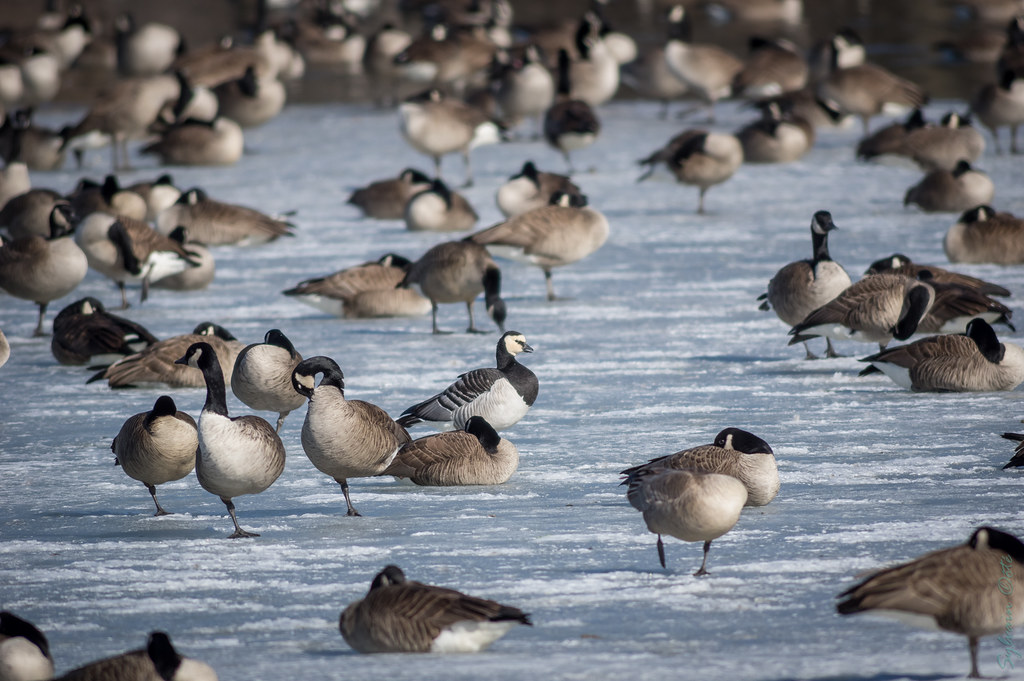
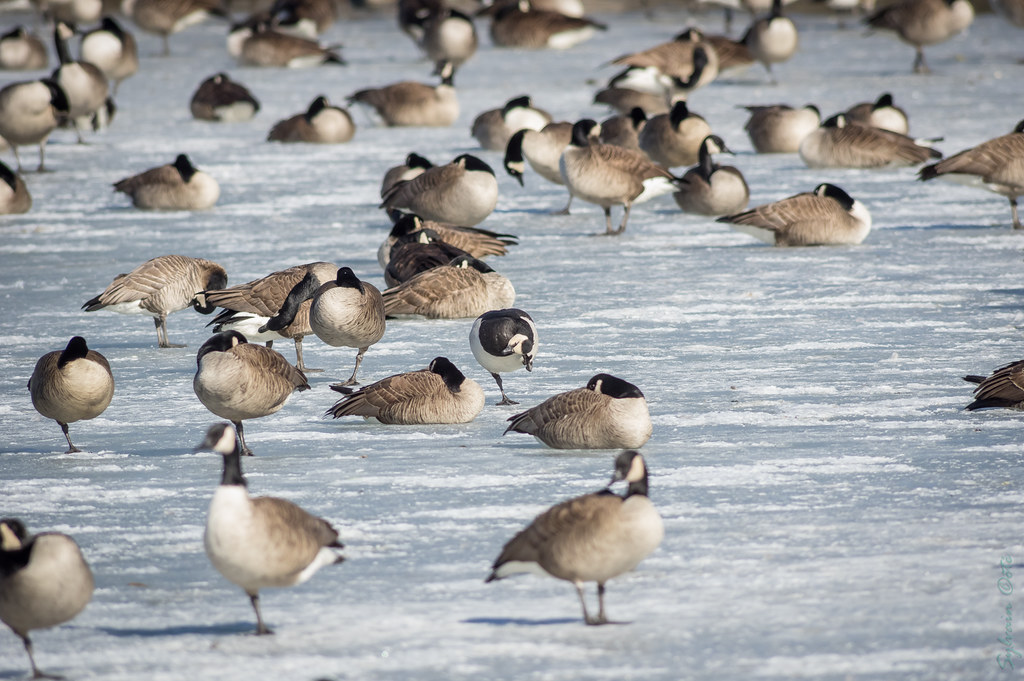
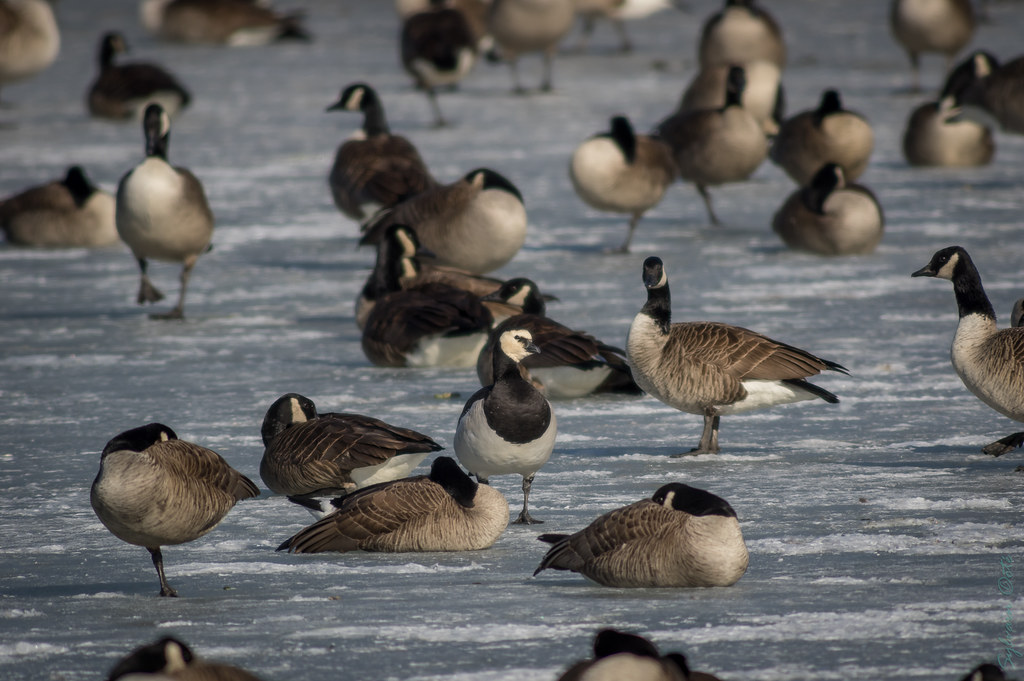
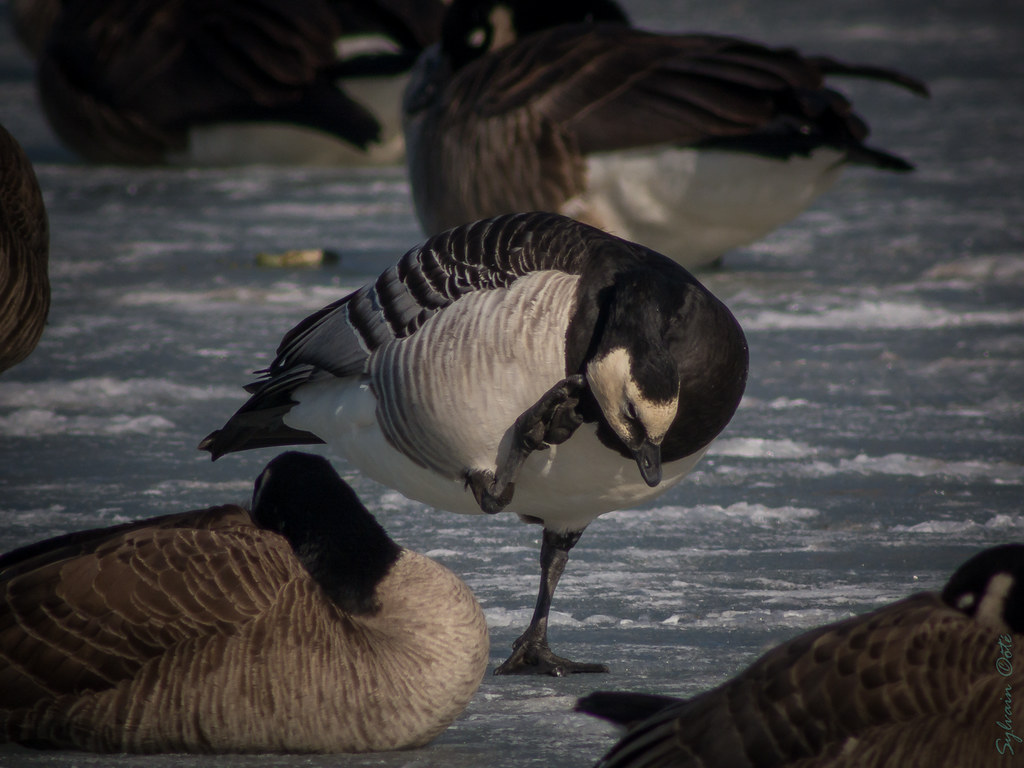
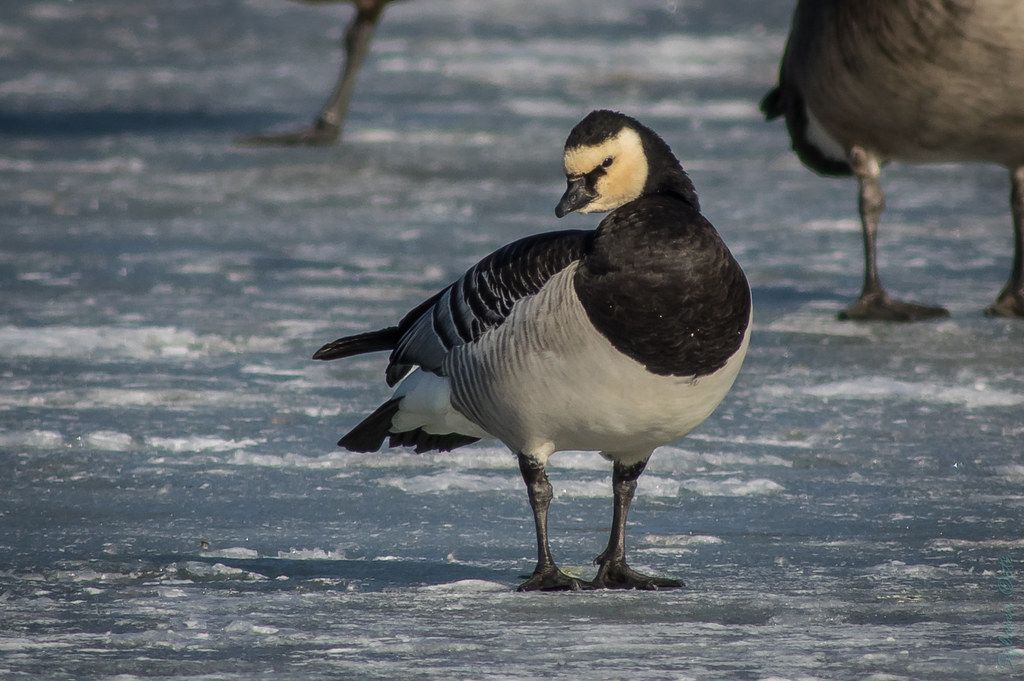
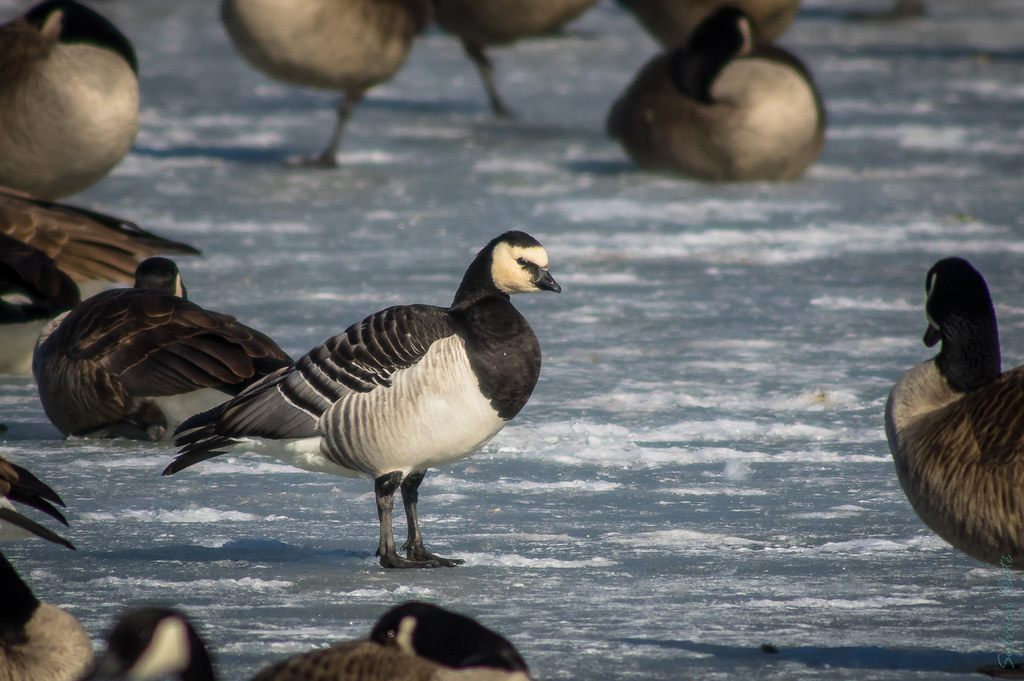




 Post #1177 by wildman
Post #1177 by wildman








